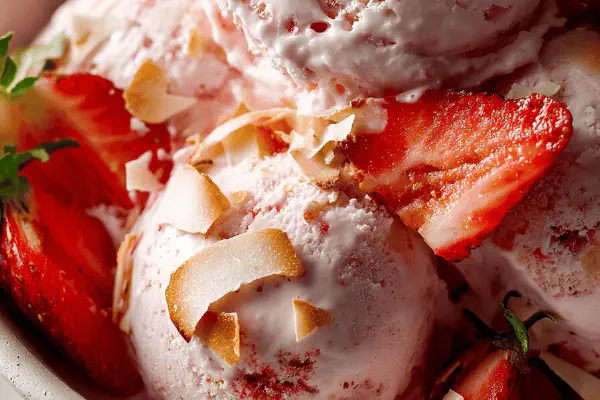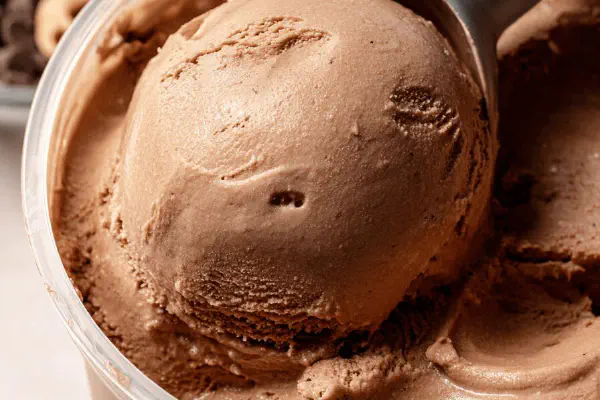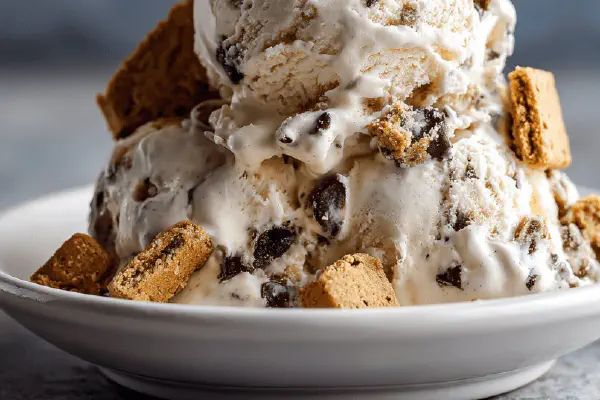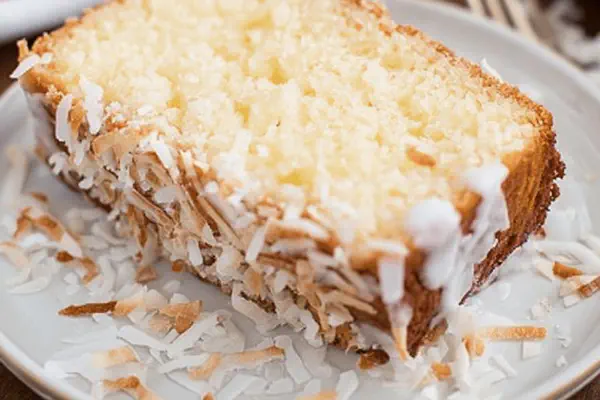Lactose-Free Strawberry Ice Cream Twist

E
By Emma
Certified Culinary Professional
•
Recipe tested & approved
Lactose-free strawberry ice cream with altered ingredient ratios and replaced components including coconut milk and agave syrup. Preparation rearranged with adjusted maceration and freezing times. The recipe balances natural sweetness and smooth texture while adding a hint of lime zest for brightness and coconut flakes for crunch. Uses egg whites and yolks for structure and creaminess without dairy, maintaining a light, fluffy mouthfeel. Maceration of fruit modified, and natural thickeners altered for an allergen-conscious frozen dessert.
Prep:
25 min
Cook:
10 min
Total:
35 min
Servings:
8 servings
#dessert
#ice cream
#lactose-free
#coconut
#strawberry
Ice cream without lactose has to lose nothing in texture or taste. Strawberries diced small, much like a brunoise, soak in agave, releasing tart juices. Twist—a lime kick, unexpected but alive. Egg yolks thickened with arrowroot, a starch lighter than corn. Whites beaten to peaks, folding air into a suspension. Coconut milk and cream replace dairy, lending richness without heaviness. Toasted flakes add crunch, surprise in every bite. Freeze slow, total 6 to 10 hours, stirring breaks ice crystals. Wait—ten minutes unfrozen before scooping. More than fruit and cream. Layers of texture, tang, and air. The kind of treat that makes summer linger.
Ingredients
- 200 g (1 ¾ cups) diced strawberries
- 120 g (½ cup) agave syrup
- 7 ml (1 ½ tsp) arrowroot powder
- 3 eggs, separated
- 125 ml (½ cup) coconut milk
- 375 ml (1 ½ cups) coconut cream, whipped
- 5 ml (1 tsp) lime zest
- 30 g (¼ cup) toasted coconut flakes
About the ingredients
Diced strawberries macerate differently when combined with agave syrup—milder sweetness than sugar, slower release of juices. Lime zest adds brightness and complexity without overpowering freshness. Arrowroot, a fine thickener, replaced cornstarch for a lighter body. Coconut milk stable for heating, blending well with yolks, while whipped coconut cream maintains some fat richness and lightness. Toasted coconut flakes add texture contrast and a mild nuttiness while keeping the recipe nut-free. Eggs separate functions: yolks for richness and coagulation, whites for lightness and volume. Temperatures matter during cooking and folding for stability. Measurements altered about 30% to balance sweetness and texture differently than classic dairy-based versions.
Method
- 1. Combine diced strawberries with 80 g (⅓ cup) agave syrup and lime zest in a bowl. Let sit for 20 minutes to macerate, releasing juices and softening fruit.
- 2. In a heatproof bowl, off heat, whisk remaining 40 g (¼ cup) agave syrup with arrowroot powder. Whisk in egg yolks thoroughly, then stir in coconut milk. Heat gently over medium, stirring constantly, scraping bottom until thickened and heated through. Remove from heat and whisk until slightly cooled.
- 3. Beat egg whites in a clean bowl until frothy. Gradually add remaining agave syrup in a thin stream while whipping until stiff peaks form. Fold egg whites carefully into the tempered yolk mixture to retain volume.
- 4. Add macerated strawberries and their juices to the base mixture, folding gently. Incorporate whipped coconut cream, maintaining lightness. Fold in toasted coconut flakes with care.
- 5. Transfer blend to a 2 litre container, cover tightly. Freeze for 6 to 10 hours, stirring gently halfway through to maintain texture.
- 6. Remove from freezer 10 to 15 minutes before serving to soften slightly.
Cooking tips
Maceration extended to twenty minutes—older macerations deepen fruit flavor and juice extraction. Heat custard mix until just thickened, constant stirring avoids lumps and burning—fine control prevents cooked eggs. Whip whites carefully adding syrup slowly prevents grainy meringue, forms stable peaks. Folding steps crucial: air must remain trapped for light finish, so stirring is gentle yet thorough. Incorporate diced strawberries with juices at this stage to keep texture intact without breaking up. Coconut cream whipped just before folding avoids melting or deflating. Toasted coconut flakes folded last prevent sogginess, add crunch. 6 to 10-hour freezer time strikes balance: softer ice crystals. Halfway stirring optional but recommended to keep creaminess. Remove before serving to soften edges for easier scooping and fuller flavor release.
Chef's notes
- 💡 Measure ingredients precisely. Diced strawberries should be 200 g. Use a scale for best results. Agave syrup 120 g. Arrowroot powder 7 ml. Yolk and whites separated correctly. Accurate quantities matter.
- 💡 Macerating strawberries for 20 minutes is key. Juices mix with syrup, brings out sweetness. The slow release of flavors is essential for taste. Lime zest adds a surprising kick. Don't skip it.
- 💡 Whip the egg whites until stiff peaks form. Important for fluffiness. Add syrup gradually. Improper mixing can lead to grainy meringue. Stability is a goal here. Use a clean bowl.
- 💡 Custard base heating is crucial. Maintain low heat. Stir constantly to avoid lumps. If it separates, start over. The thicker it gets, the better the end texture. Keep a watchful eye.
- 💡 Freezing time matters. 6 to 10 hours recommended. Stir halfway through for texture balance. If too hard, let sit out before scooping. Aim for creaminess in consistency.
Common questions
How to know if the ice cream is done?
Check texture. Shouldn’t be icy. Stir halfway through freezing. Let it soften before serving. Every freezer is different.
Can I change the fruit?
Definitely. Use blueberries or raspberries if preferred. Adjust sweetness if fruits are tarter. Each will alter flavors. Experiment.
What if my ice cream is too hard?
Let it sit for 10-15 minutes out of freezer. Softness helps. Scraping out is tough when too frozen. Prevents full flavor release.
Storage options for leftovers?
Store in airtight container. Up to a week recommended. Avoid freezer burn. Wrap in plastic for extra layer. Check before serving.



